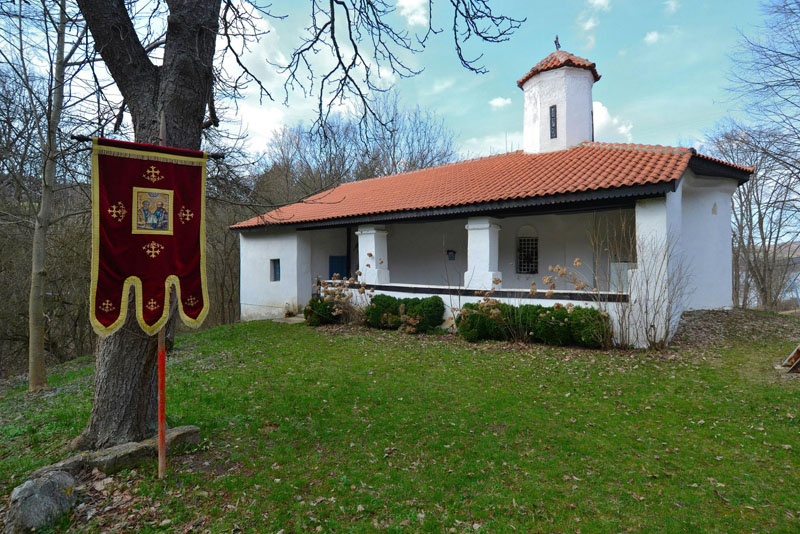
A small wooden church was built next to the elm tree, used previously as zapis - sacred tree for major celebrations. Until the church was built, the main monastery church at Grlište was used by the clergy for all major events.

On an initiative by Prince Miloš, the Timok Episcopacy was founded and the works on the new church begun in April. It was finished within six months, the end of October, and was dedicated to the Nativity of the Blessed Virgin Merry.

Newly appointed bishop Dositej had decided to move his residency and the seat of the episcopacy to Negotin due to low church attendance by the locals.

The icons were initially painted by Georgije Bakalović of Karlovac.

The icons were destroyed in Serbian-Turkish War.

The new icons were painted by Nikola Marković and Stevan Todorović.

The episcopacy was returned to Zaječar

A new narthex was built, as well as the choir and bell tower with five bells made in 1899 in Kragujevac (of which one was the gift by the businessman Jota Pašić, and the remaining four by the Municipality of Zaječar).

The images from the Life of Christ were painted on walls by Mihajlo Vrbica, a professor at Zaječar Gymnasium.

The images of saints were painted by a Belgrade professional painter Vladimir Predojević between two world wars.

Frescoes were restored and repainted by the Ukrainian masters.

In first decade of the 21st century the church got a new fence, new bells, the new entrance was built, and the park around the church was renovated.

The church shop built with the support of Zaječar Municipality.
At the beginning of the 19th century there were no religious buildings in Zaječar. Instead, at the land between the present-day cathedral and primary school “Ljuba Nešić” there was a water well with an old elm tree (zapis – sacred tree) which had a carved in cross on its western side. Around it, the citizens would gather for all major church holidays. Stojan Simić writes in his memoirs that around this tree, “the inscribed elm, people created a structure made of wooden beams covered by carpets, leaving small “doors” at the western side for the people to enter for a confession”. In 1830 a small wooden church was made next to the elm tree, used for a brief period of time for the major celebrations, and which was replaced by a “real” building a few years later. That same year, the schooling of children begun as well. Namely, at the initiative of duke Sima Nikolić, the first primary school in Zaječar has been opened and it was located in the “grandpa-Jovan’s yard” (today’s church yard).
Due to its position next to the state border, Timok Episcopacy was constantly hit by war adversities that reached Serbia from the east. In almost all wars, first led against the Turks and later against the Bulgarians, all churches and church items were destroyed, while the priests were killed or expelled. Therefore, it was not possible or advisable to build large and expensive church buildings in Timok Episcopacy. Apart from the old monasteries and church ruins, the oldest church buildings in this region originate from the 18th century. They are mostly small in size, erected on hidden places, from weak building materials, clay and wood. The lack of churches was substituted by the people who practiced rituals at sacred places, on the “inscribed” land, trees or buildings.
Since Zaječar didn’t have a church until 1830, the main monastery church at Grlište was used for all major events. After the liberation from the Ottomans, on an initiative by Prince Miloš, the Timok Episcopacy was founded and the works on the new church begun in April 1834. It was finished within six months, thanks to the free work by the surrounding villagers. After it was completed, Prince Miloš personally sent precise instructions how and where the text of his message should be inscribed. This inscription was lost during some of the later renovations. The church was finished at the end of October 1834 and it was dedicated to the Nativity of the Blessed Virgin Merry. The main architect still remains unknown.


The icons were made by Georgije Bakalović of Karlovac in 1840 but were unfortunately burned during a Serbian-Turkish War in 1876. The destroyed icons were replaced by the new ones in 1880, painted by Nikola Marković and his student and collaborator Stevan Todorović.
In 1839 the newly appointed bishop Dositej had decided to move his residency and the seat of the episcopacy to Negotin due to low church attendance by the locals. The bishop had had enough of an empty church, and the seat of the episcopacy was returned to Zaječar only half a century later, in 1890.
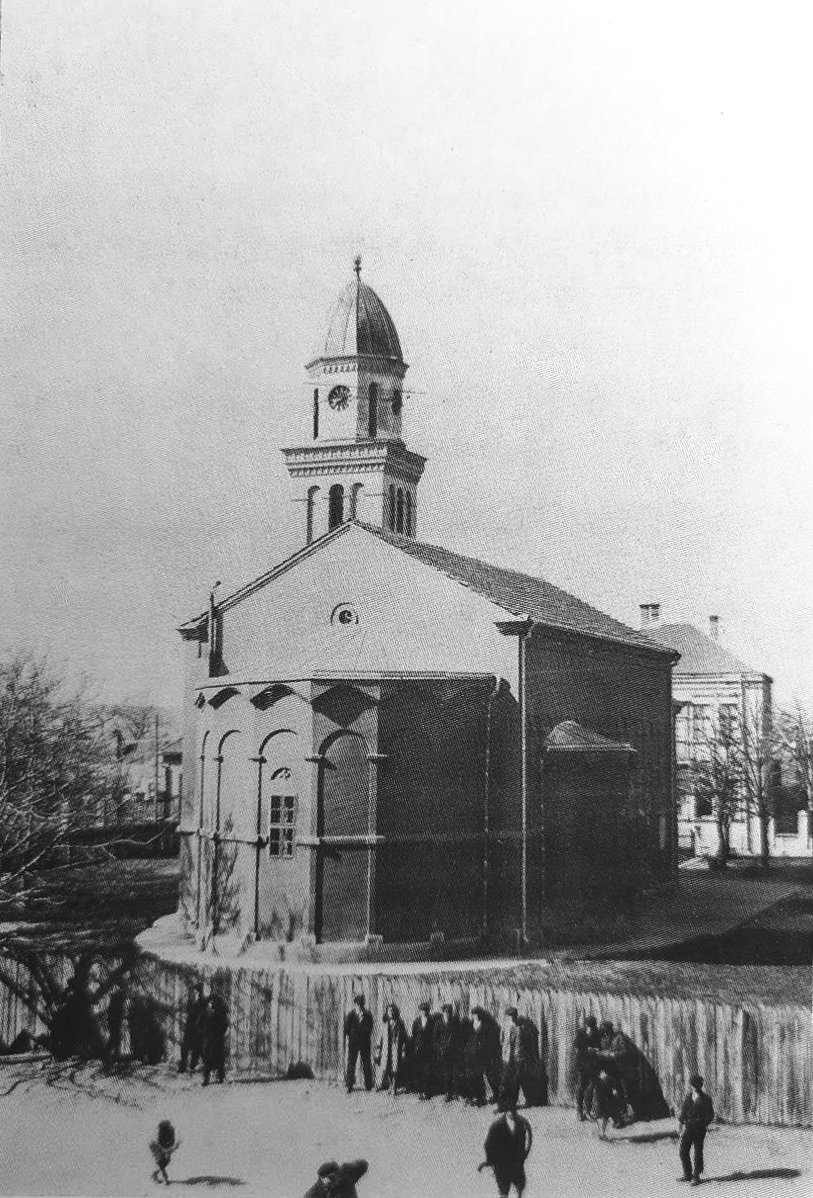
In 1898 a new narthex was built, as well as the choir and bell tower with five bells made in 1899 in Kragujevac (of which one was the gift by the businessman Jota Pašić, and the remaining four by the Municipality of Zaječar). Most likely, the inscription by Prince Miloš has been removed during those works and replaced by the one still in place. Several years later, the church walls were decorated: in 1906 the images from the Life of Christ were painted by Mihajlo Vrbica, a professor at Zaječar Gymnasium, while the images of saints were painted by a Belgrade professional painter Vladimir Predojević between two world wars. In early 1990s those paintings were restored and repainted by the Ukrainian masters.
During the first decade of the 21st century the church got a new fence, new bells, the new entrance was built, and the park around the church was renovated. In 2019 the church shop opened with the support of Zaječar Municipality. Around the church, several graves are still to be found with preserved inscriptions. To the west, across the main entrance to the church, the seat of the Timok Bishop is located today.
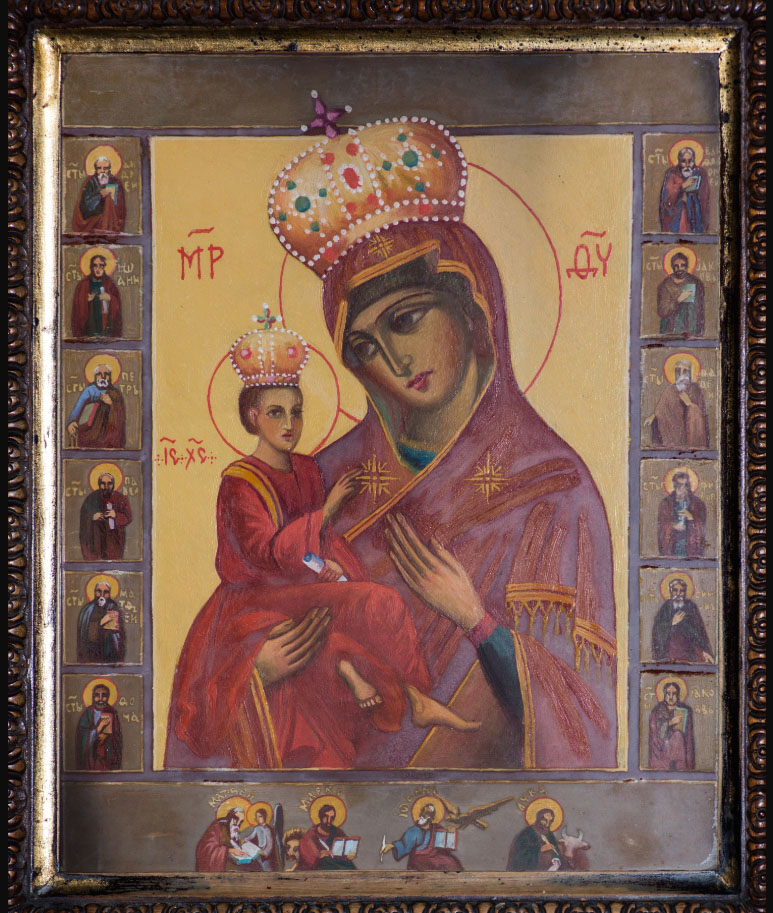
SOURCES:
Spomenica Timočke eparhije 1834-1934. Timočka eparhija, Zaječar, 1934.
Suzana Antić, Jelica Ilić, Nina Pogarčić: Zaječar čudesna priča – Iz života u Zaječaru 1466-2006. godine. Narodni muzej, Zaječar, 2013.
dr Miodrag Velojić: Zaječarske javne česme. Zaječar, 2015.
Church Official Web-page: http://eparhija-timocka.org/

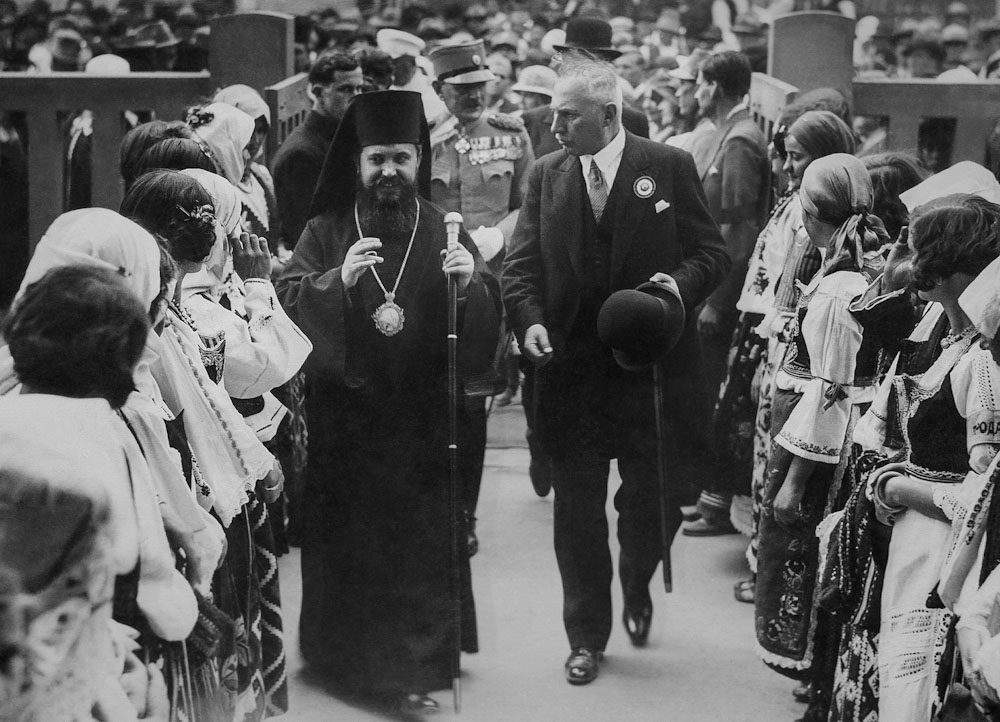

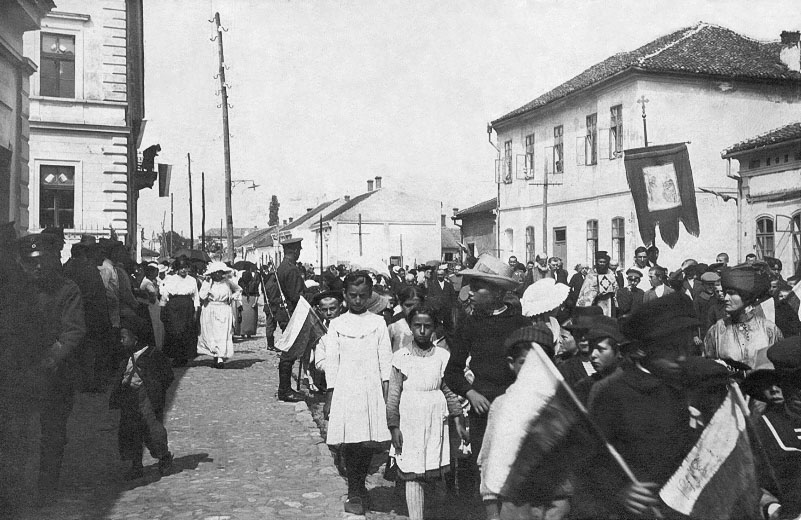


Primary school "Ljubica Radosavljević Nada" was officially opened on September 7th 1972. It was desi...

The building of one of the most famous Zaječar banks from early 20th century, The Commercial Bank "L...

One of the most impressive school buildings from the very beginning of the 20th century, it was home...

The works on this building begun in 1909 but it was not finished until 1923 under the leadership of...